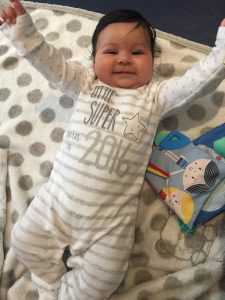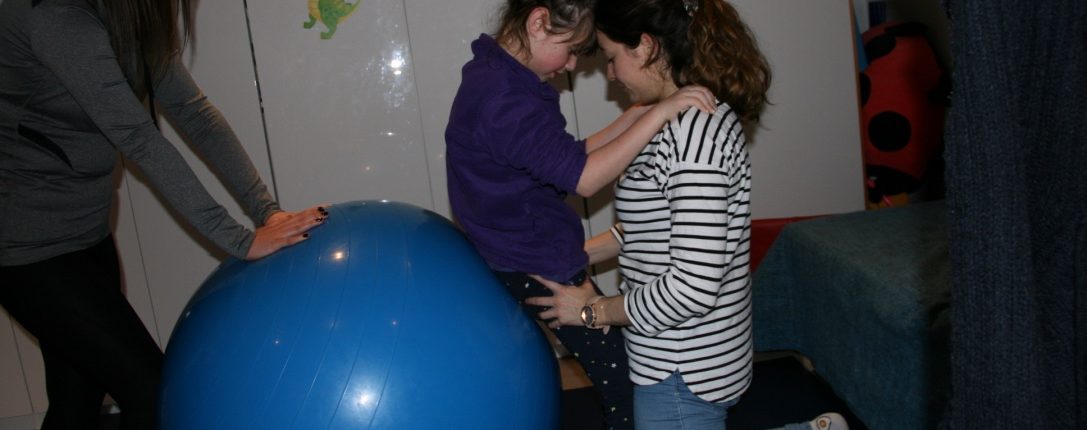Paediatric physiotherapy is the treatment of children and young people. We promote the health and wellbeing of children with additional knowledge of child development and disabilities. Physiotherapist ensures to support anyone with difficulty of movement and treat long and short term conditions that can cause an impact on physical development and everyday activities.
Following an assessment your physiotherapist will devise a programme working with the child as well as the parent/career to ensure the best treatment possible. Paediatric physiotherapists will aim to make treatment as fun as possible and try as best as they can to incorporate it into everyday activities. The therapist will work with parent/careers to encourage the child to develop to their full potential.
At Therapy4Kids we treat children with a range of different conditions and disabilities, using a number of different approaches best suited to your child.

Neurodevelopmental Conditions
Therapy4Kids provides diagnosis and treatment for neurodevelopmental concerns and issues, including but not limited to:

Musculo-Skeletal Condition
Therapy4Kids provides diagnosis and treatment for musculo-skeletal concerns and conditions including but not limited to:

Baby Conditions Treated
Therapy4Kids provides diagnosis and treatment for baby concerns including but not limited too:
Constraint Induced Movement Therapy (CIMT)
CIMT is a treatment technique for children with unilateral Cerebral Palsy to increase functional use of the neurologically impaired upper extremity through massed practice, while restraining the unaffected limb. The patient is trained and encouraged to use the affected limb reptitively and intensively for a period of time.
MAES Therapy
Maes Therapy approach is a creative and dynamic approach that aims at a positive impact on the development of children with neuro-developmental movement disorders. It is a very specific approach to improving the patient’s movement on a short and long-term basis.
Bobath Therapy
Bobath Therapy uses specific handling techniques to help children relax and mobilise their muscles and joints. This helps to improve the patient’s quality of posture and movement, enabling them to move more freely, to be more stable and comfortable. The basis of this approach is to the patient the experience of normal movement by enabling the child to respond actively to specialised handling.



